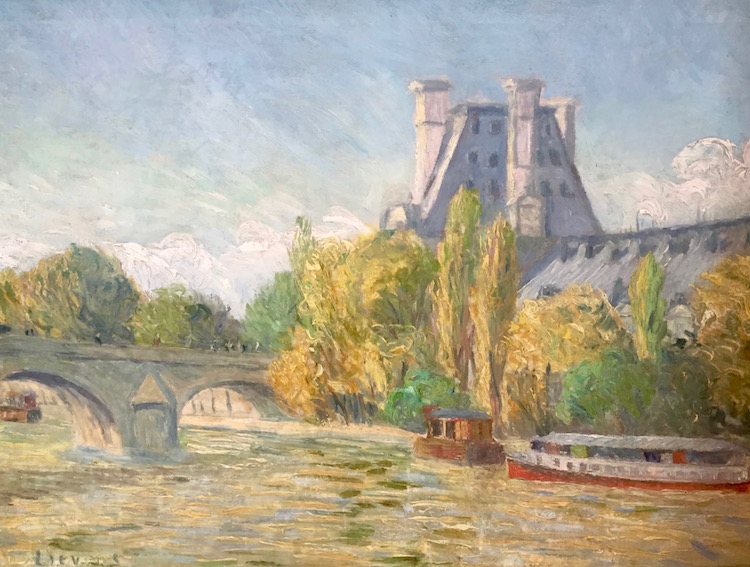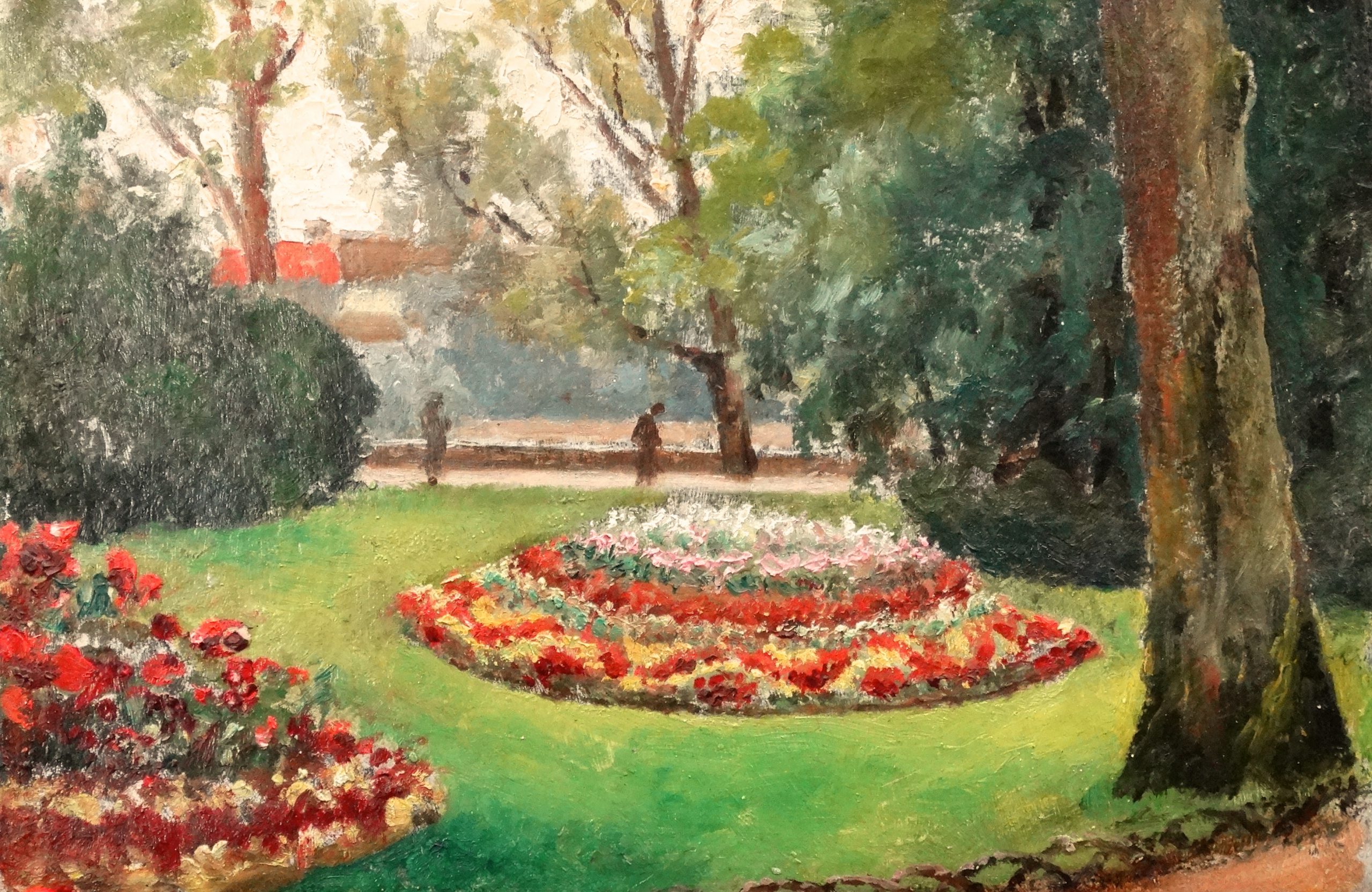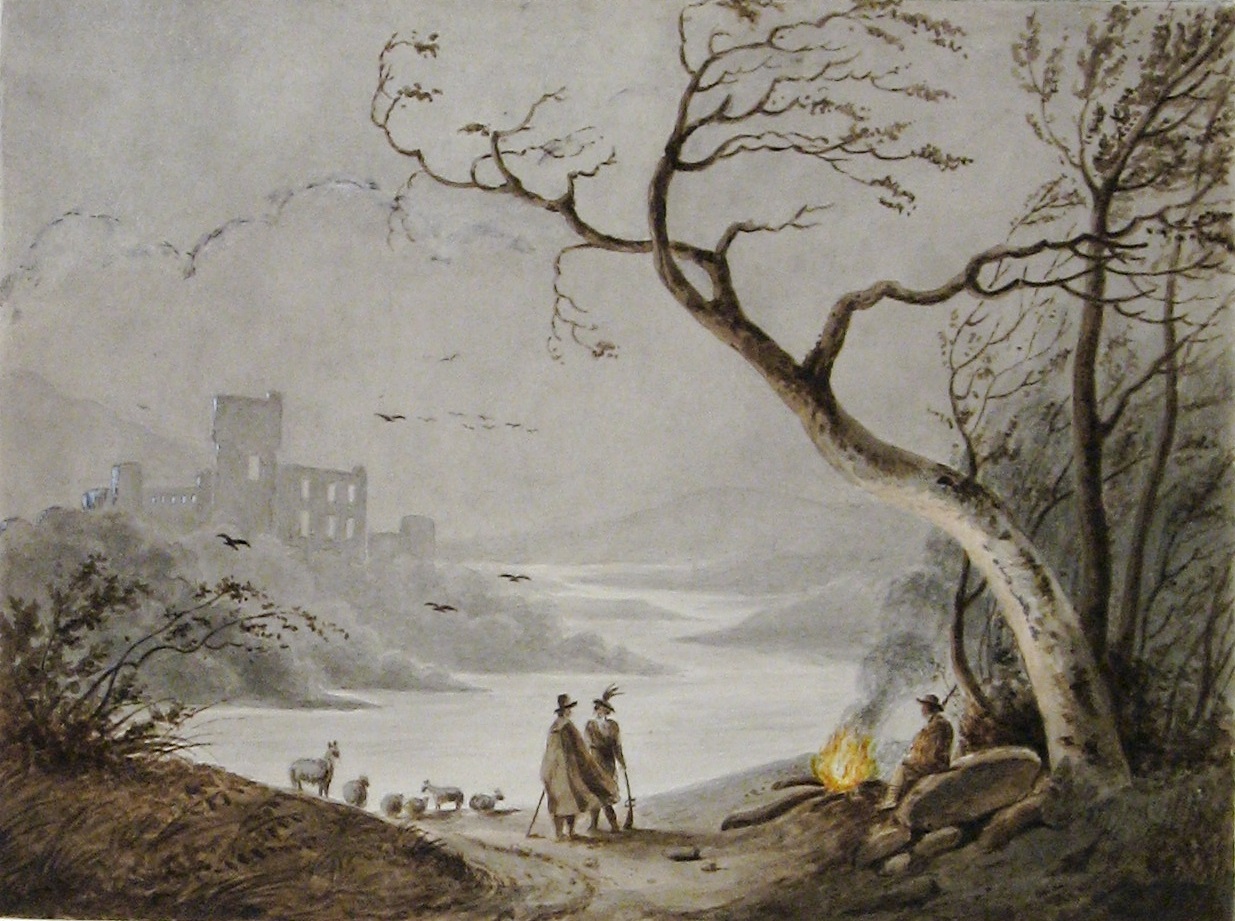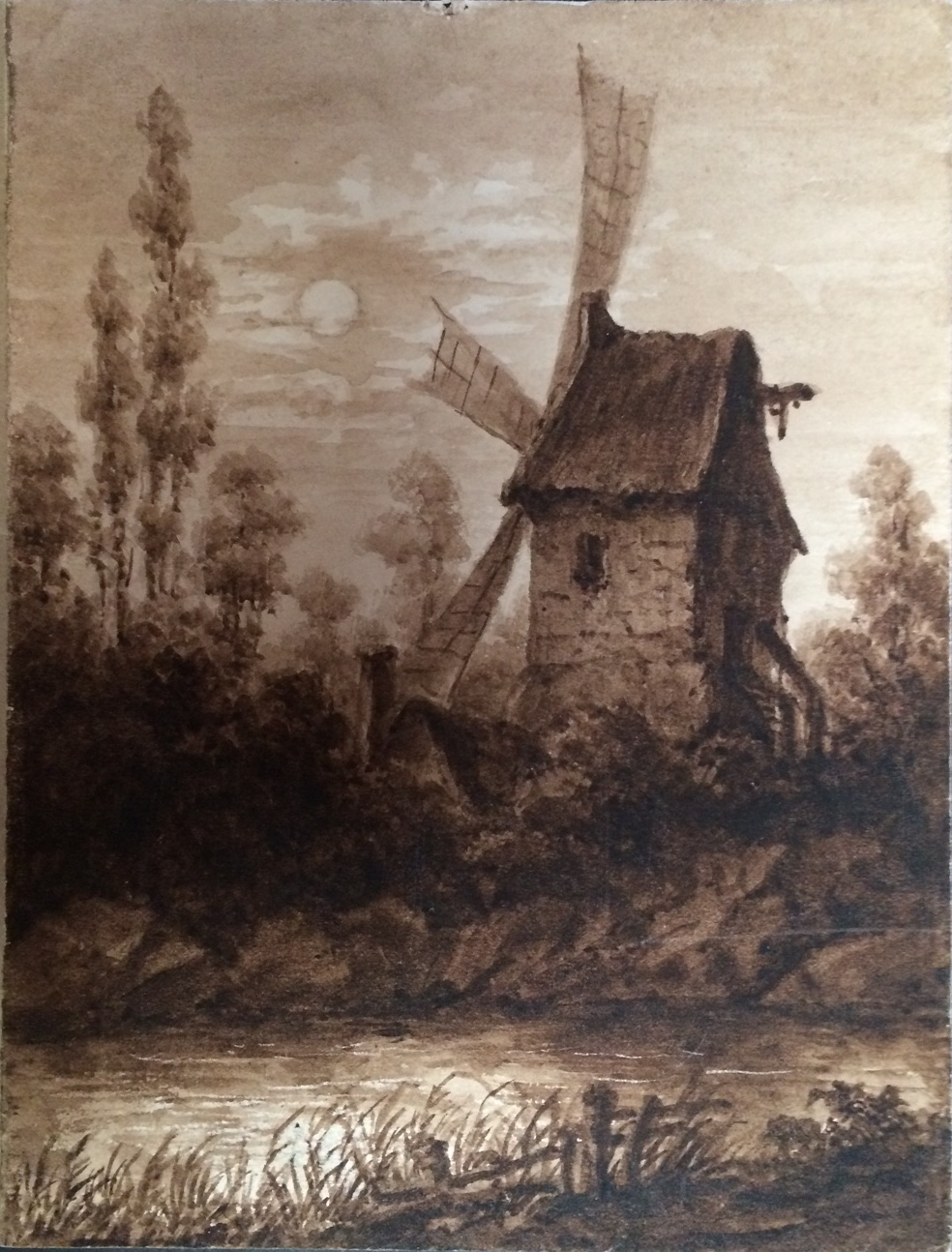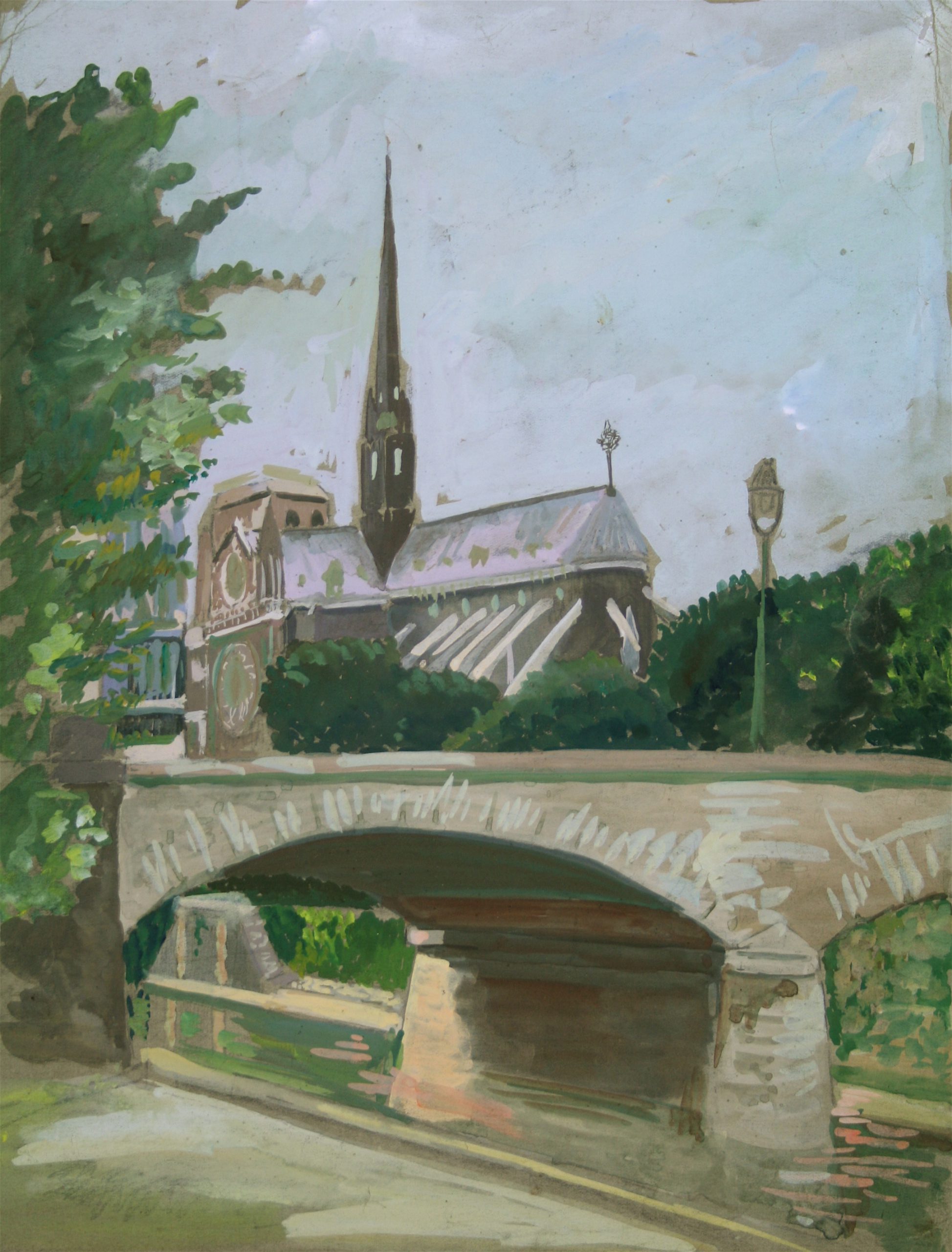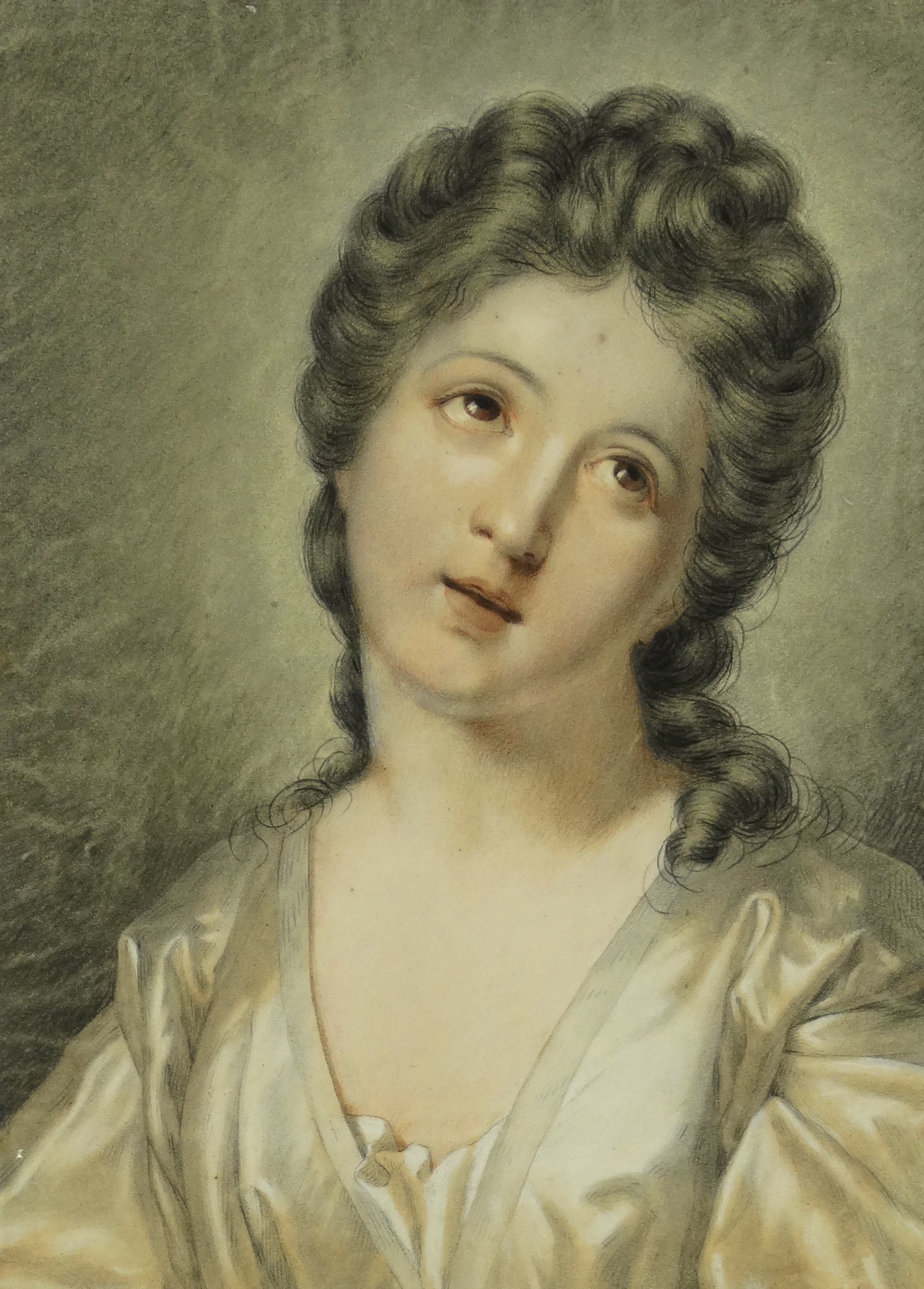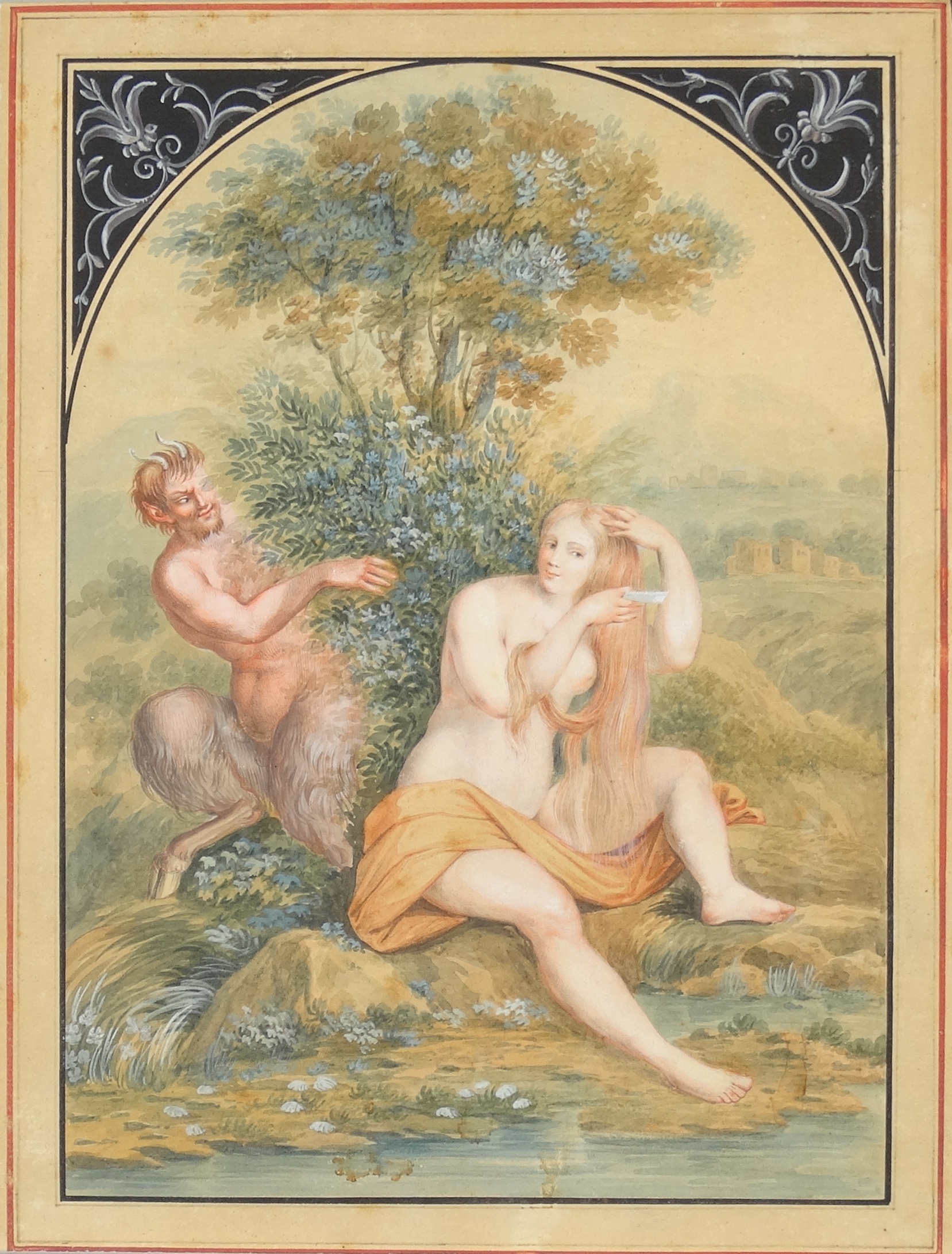A term for a European painter of skill who worked before 1800, or a painting by such a painter. An Old Master print is an original print, e.g., an engraving or etching, made by an artist in the same period. The likewise is true for an Old Master drawing. In theory, an Old Master should be an artist who was fully trained and worked independently; however, in practice, paintings considered to be produced by pupils or workshops will be included in this term. Therefore, beyond a certain level of competence, date rather than quality is the criterion for using the term.
In the 18th and 19th centuries, the term often had a starting date of perhaps 1450 or 1470, any artwork made before that were “primitives”; however, this distinction is no longer made. The end-date is necessarily vague. For example, Goya (1746 – 1828) is considered an Old Master, and he was still painting and printmaking at his death in 1828. However, the term may be used, but usually is not, for artists such as John Constable (1776 – 1837) or Eugene Delacroix (1798 – 1868). The term tends to be avoided by art historians as too vague, particularly when discussing paintings, although less so for Old Master prints and drawings. It remains more current in the art trade. Auction houses still usually divide their sales between “Old Master paintings,” “Nineteenth century paintings,” and “Modern paintings.” Christie’s defines the term as ranging “from the 14th to the early 19th century.”
Examples of Old Masters are: Giotto, Leonardo da Vinci, Michelangelo, Titian, Raphael, Durer, Caravaggio, Velazquez, and Goya.


